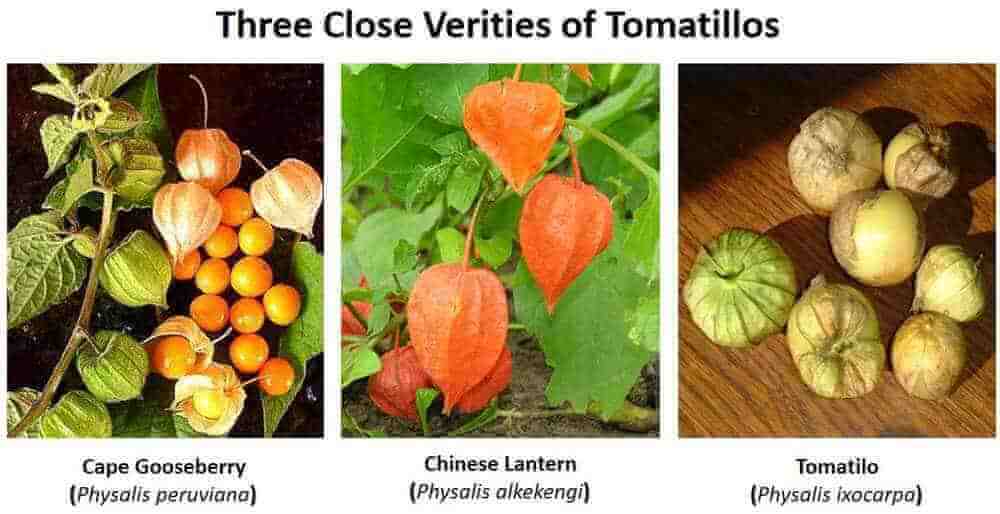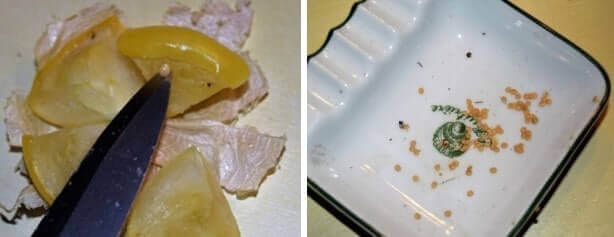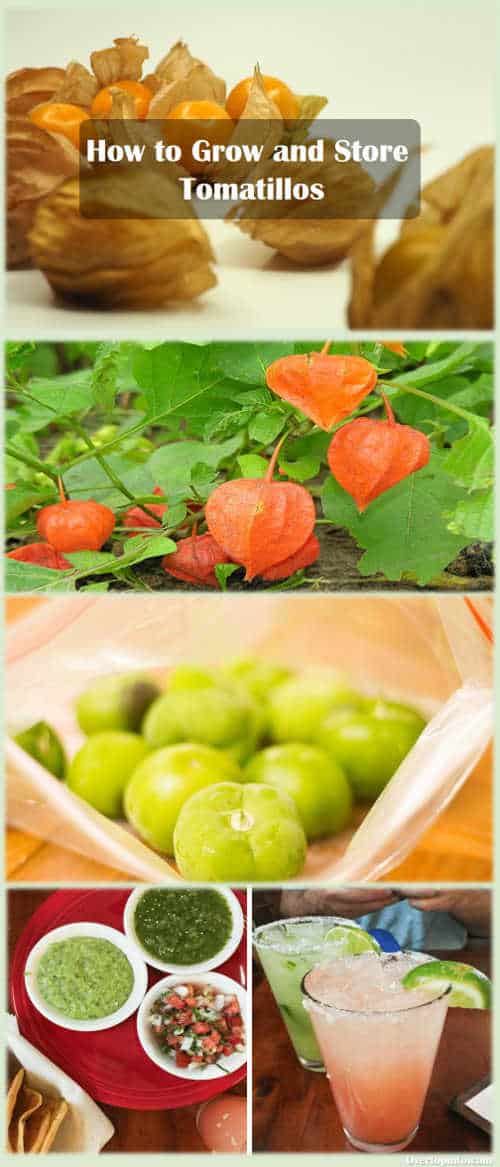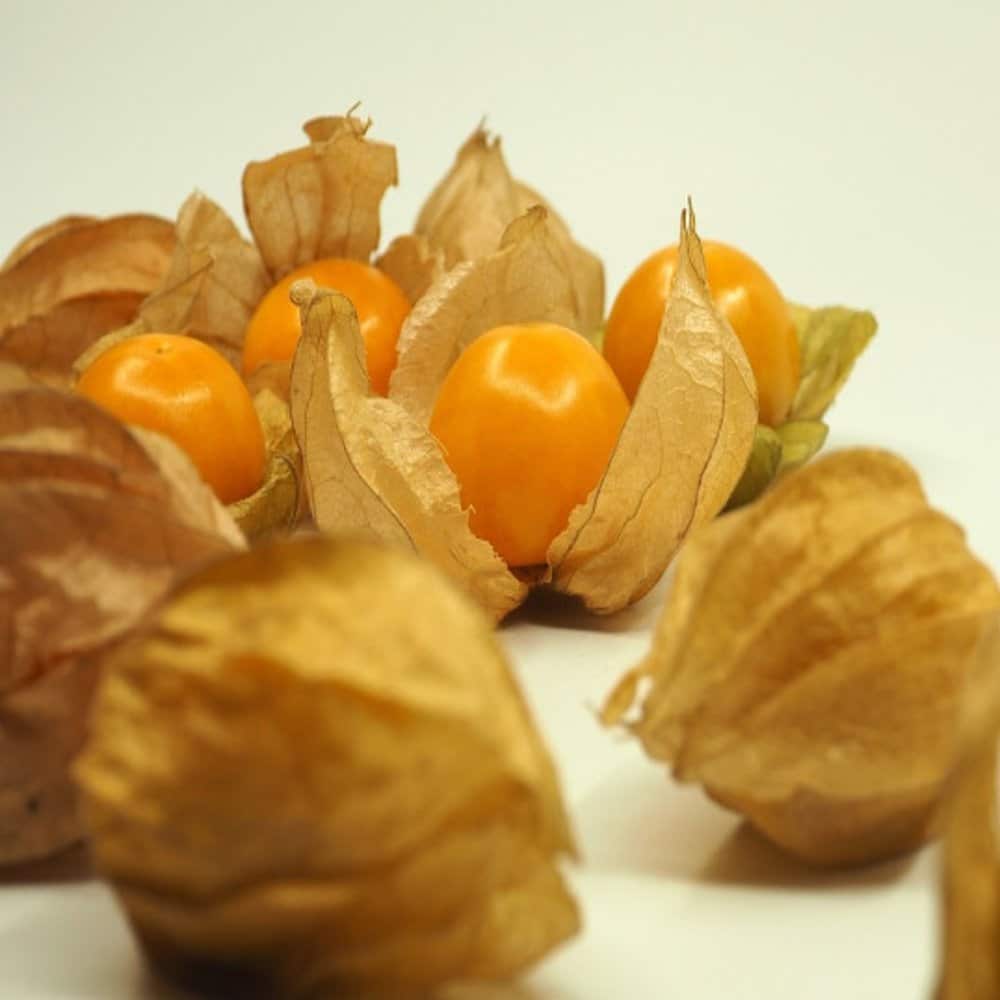Tomatillos are perennial plants, cultivated as an annual. Are tomatillos tomatoes? Of course not but It is related to tomatoes, commonly known as Mexican green tomatoes, are native to Mexico. They are similar in shape and size. The main differences between tomatoes and tomatillos are tomatillos have a papery husk around the fruit and they grow in different plants. Nothing else. Tomatillos are mainly used in Salsa Verde and frequently used in traditional salsas.
If you want to learn more about how to grow tomatillos in your garden.
Keep on Reading-

Growing Tomatillos
Suitable time to plant tomatillos from seeds in warmer climates. You should start sowing seed 8 to 9 weeks before the last snowfall. If you want to grow tomatillos from small seedlings, you should plant them on the ground once all the snowfall has passed. Plants require moisture, especially after fruit formation. The tomatillos crop is similar to that of tomato plants.
Soil
Choose a full sun location with well-drained, sandy loam soil. Before planting, add abundant organic matter to the soil. Tomatillos prefer neutral soil (pH 6.5 to 7.0), but for the most part, they will grow anywhere there is heat, sunlight, and regular water.
Weather
Tomatillos are sensitive to cold. The best growth conditions are days of 80 to 90 ° F and nights of 60 to 70 ° F, with low humidity and little rain.
Propagation
The tomatillos are usually planted as seeds. The tomatillos are planted in a greenhouse. The cuttings can also be used because they take root very easily.
How To Grow Tomatillos From Seed
Steps:
- Sow the seeds of tomatillo in March in the warm.
- Cover the seeds with 0.6 cm of potting soil.
- Place the plants in pots when the leaves appear.
- Set the plants in place as soon as the frosts are no longer to be feared.
- Respect a distance of 50 cm between each plant and 70 cm between the rows.
- Be wary of snails and slugs as long as your tomatillos are in the seedling stage.
- Water once or twice a week or when the soil is dry and set a good mulch.
Note: Tomatillos are cross-pollinated crops, therefore you will need at least two plants nearby for pollination and fruit production.If the temperature drops below 50F (10C), take your tomatillos indoors. If you think that may happen, then it may be a good idea to grow your tomatillos in pots or containers.
How to Tell If Your Tomatillo Is Ripe?
The relative novelty of the plant means that it is unknown to many gardeners. If this is the first time you are growing fruit, you may be wondering how to know if a tomatillo is ripe. You can also eat unripe tomatillo because it can be edible in the green stage.
The color of the fruit is not a good indicator because each variety has a different hue. The best indicator of ripeness is the completely emerged paper shells of the tomatillo. Completely ripe tomatillos will be firm and the fruit will turn yellow or purple according to the variety.
Some Others Tips:
- Keep track of how many days it has been since planting. It takes 75 to 100 days before the tomatillos are ready to harvest, but it will take a week or two more than for fully mature.
When and How to Harvest Tomatillos?
As soon as the dry exterior divides, it’s time for the tomatillo harvest. Once you know when to harvest the tomatillos, you must decide how to use them. Tomatillos keep well in a cool, dry place. They can hold several weeks this way. For longer storage, you have to freeze them.
The tomato harvest is made in the morning from mid-summer until autumn. I would recommend you to harvest tomatillos when the fruits are green because they contain the most flavor. It is important to know harvest tomatillos to improve fruiting continuously. Choose fruits that have burst and show no signs of disease, mold or insect damage.
The harvest is done by hand usually every day. A plant can produce 60 to 200 fruits in a growing season. Hold the fruits and give a simple twist by hand and collect the fruits. If you are not comfortable to collect fruits by twisting you can use garden pruner or sharp scissors. Remember, Cut the fruits of the plant without harming the stems and other fruits.
Tomatillo Seeds Harvest

To harvest the Tomatillo seeds, bring some mature tomatillos and let them ripe until they become bright yellow. Then go to seed fishing with the tip of a knife. It’s tedious but I prefer this technique as you do not need a lot of seeds.
How to Freeze Tomatillos?
Tomatillo plants produce an extraordinary amount of fruit. Fresh tomatillos taste delicious but if you have more tomatillos than you can use, consider freezing them! Freezing extra tomatillos is an easy way to keep them for use in salsas and sauces during the winter and it could not be easier. Here’s how to do it.
Steps of Freeze Tomatillos
- To prepare the fruit for freezing, remove the papery husk, and wash the fruit. Let the fruit dry completely. Also, you can use clean paper towels for drying.
- Arrange the tomatillos on a baking sheet. Place the sheet in the freezer. As soon as the tomatillos freeze (almost take about 2 hours), pack the tomatillos in freezer bags and prevents them from sticking together.
- Label the bags with the frozen date and place them immediately in the freezer. Frozen tomatillos will be sweet when thawed, but they are perfect for use in salsas, sauces, and soups. Tomatillos should keep in the fridge for up to a year.
How to Use Tomatillos?
Tomatillos are slightly more acidic and citric than tomatoes but can be substituted in dishes where you use juicy red fruits. Tomatillos make a delicious mashed sauce to pour over the enchiladas. They have excellent nutritional value in a salad or make a “Verde”.
Each medium-sized tomatillos contains more than 11 calories and 4 milligrams of vitamin C and also provide an adequate amount of iron, magnesium, phosphorus, and copper. So why you don’t try growing tomatillos in your garden as part of a healthy diet?
No more Today. If you have any query hit in the comment box below. I hope it will be part of your recipe this summer!
Pin It


